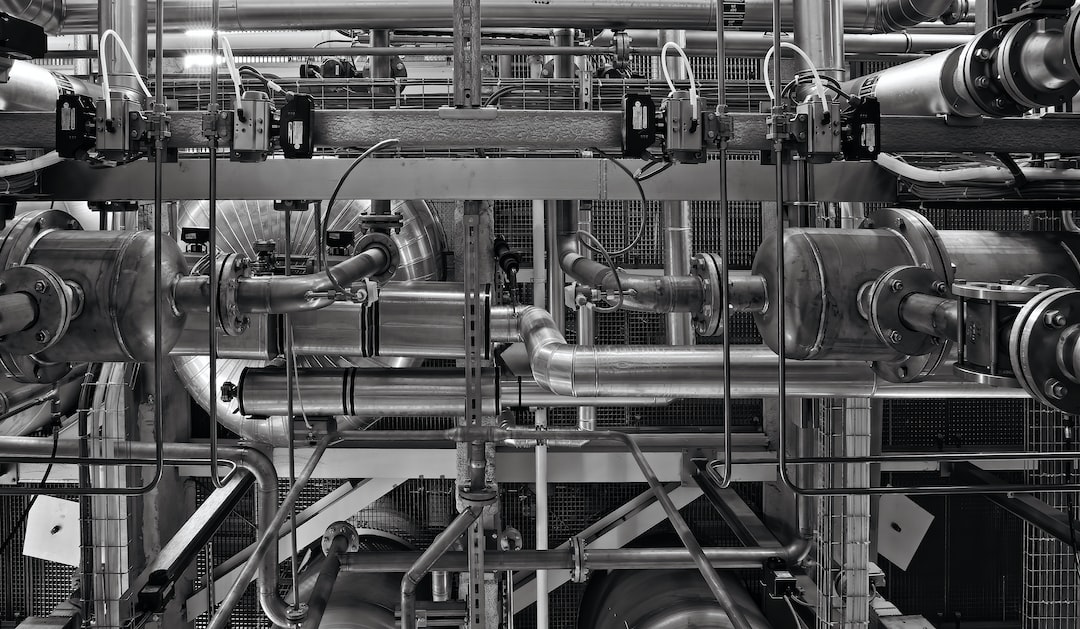The rapid advancements in technology, particularly in automation, have revolutionized the manufacturing industry. Automation involves the use of machines and technology to replace human workers in various manufacturing processes. This has led to a number of benefits, as well as some drawbacks. In this article, we will explore the pros and cons of automation in manufacturing.
Pros:
1. Increased productivity: Automation has significantly increased the productivity of the manufacturing industry. Robots and machines can work round the clock without getting tired, unlike human workers. This helps to ensure that production levels remain consistent, even during peak periods.
2. Improved accuracy: Machines can work with more precision and accuracy than humans. This leads to a reduction in errors and defects in the manufacturing process, resulting in higher quality products.
3. Cost-effective: In the long run, automation can save manufacturers a significant amount of money. While there may be an initial investment required to install the necessary technology, the lower labor costs and reduced waste in production can lead to significant savings in the long run.
4. Increased safety: Some manufacturing processes are dangerous and require workers to operate heavy machinery. Automating these processes can help to reduce the risk of accidents and injuries in the workplace.
Cons:
1. Job loss: The most significant drawback of automation is job loss. A large number of jobs that were previously done by humans are now done by machines. This can results in unemployment in the manufacturing industry, and may also lead to social and economic problems.
2. Upfront Costs: The initial cost of automating a manufacturing plant can be significant. This can be a barrier for small and medium-sized businesses who may not have the financial resources to invest in the technology.
3. Technical Issues: Automation can be complex to install and maintain. If errors occur in the system, it may take time and resources to fix them, which can lead to downtime and loss of productivity.
4. Limited Flexibility: Machines can only perform the tasks they were programmed to do. This means that they may not be able to adapt to changes in the manufacturing process, such as a new product design or change in demand.
Conclusion:
Automation has revolutionized the manufacturing industry, leading to increased productivity, improved accuracy, reduced costs, and increased safety. However, automation also has its drawbacks; the biggest being the potential for job loss. While there may be challenges associated with automating manufacturing processes, it’s important to remember that technology is constantly evolving, and there will be new innovation to address the limitations of the current technology. Overall, the benefits of automation outweigh the drawbacks, but it is important to approach automation thoughtfully to ensure that the benefits are realized, and the drawbacks are minimized.

